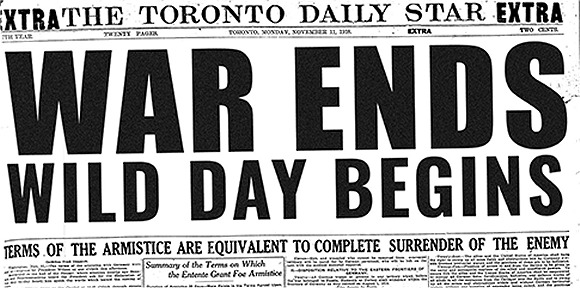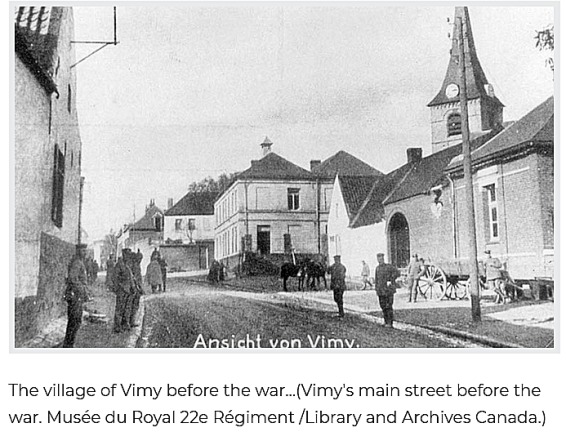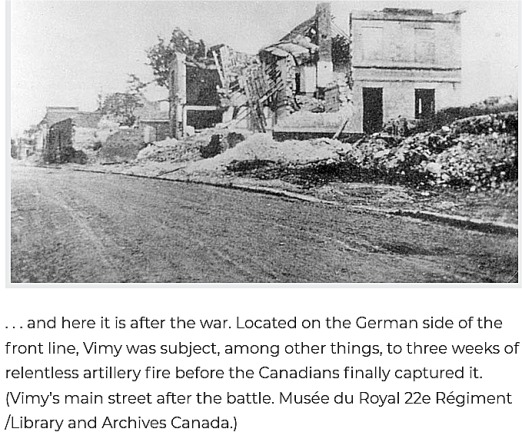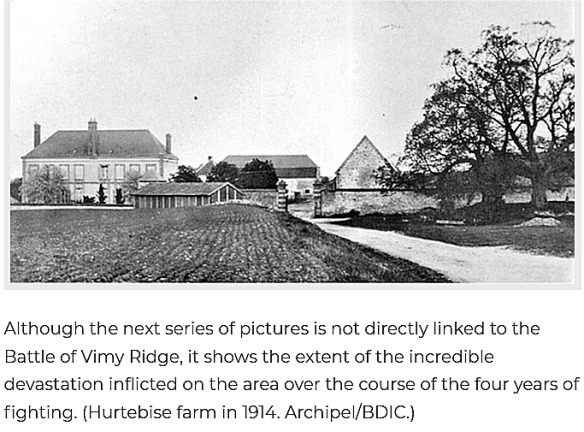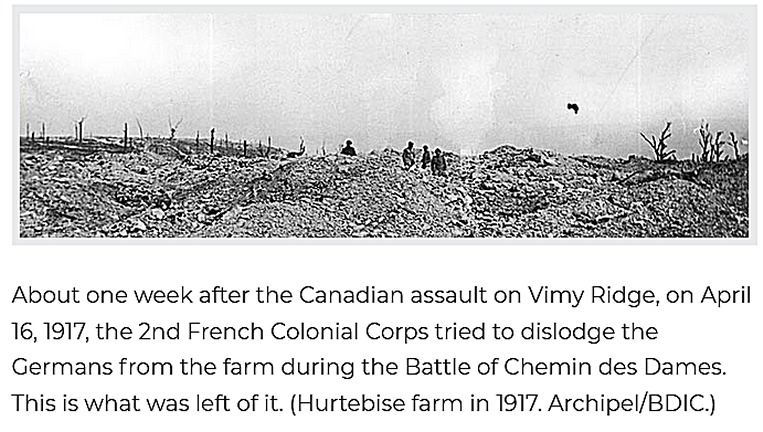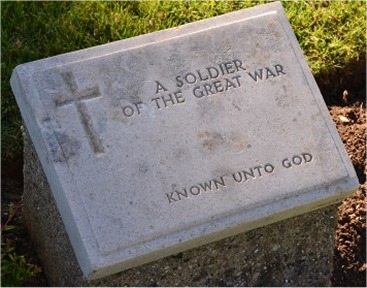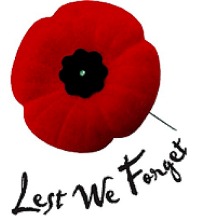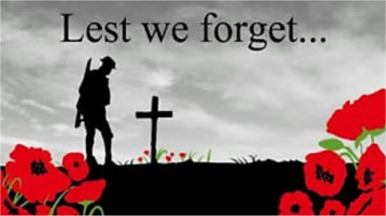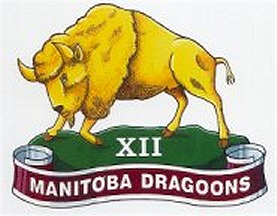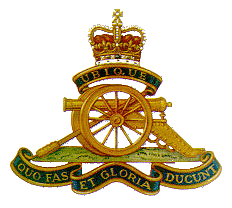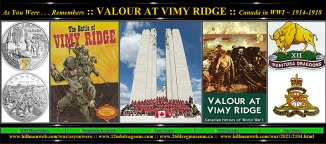AS YOU WERE . . .
WAR YEARS ECLECTICA :: MAY 2021
2021.05 Edition
CANADA IN WORLD WAR I
|
|
|
|
|
|
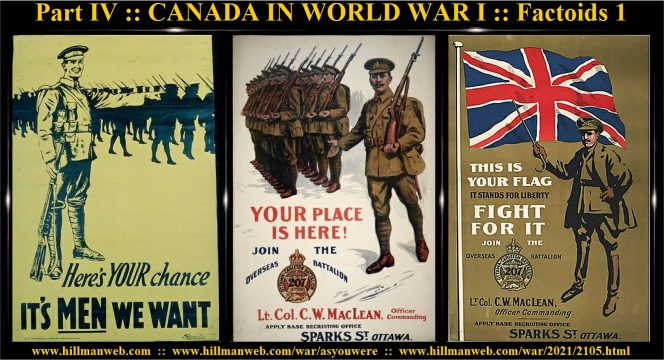
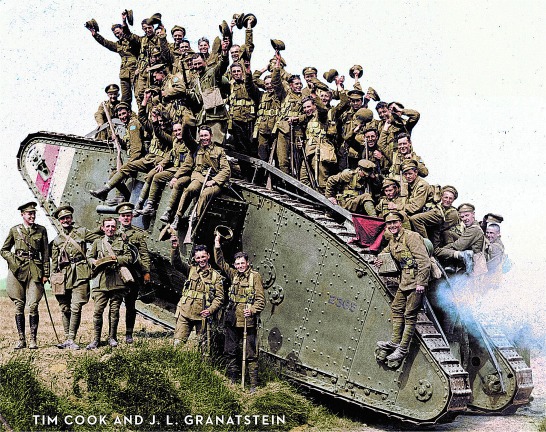
The Western Front
The trench network of World War I stretched approximately 40,200 km from the English Channel to Switzerland. The area was known as the Western Front.The First World War
WWI was fought from 1914-1918 on every ocean and on almost every continent. Most of the fighting, however, took place in Europe. World War I was also known as the Great War, the World War, the War of the Nations, and the War to End All Wars.Canada Declared War On Germany
On August 4, 1914 the United Kingdom entered the First World War (1914–1918) by declaring war on Germany. The British declaration of war automatically brought Canada into the war. However, the Canadian government had the freedom to determine the country's level of involvement in the war but on August 4, 1914, the Governor General declared a war between Canada and Germany.The US Involvement
The United Sates joined WWI during the final year and half of fighting. U.S. troops fought their first battle of World War I on November 2, 1917, in the trenches at Barthelemont, France. WWI transformed the United Stated into the largest military power in the world.Emancipation of Women
WWI helped bring about the emancipation of women. Women took over many traditionally male jobs and showed that they could perform them just as well as men.The U-Boat Tally
For the span of WWI, from 1914-1918, 274 German U-boats sank 6,596 ships.German Trenches
German trenches were in stark contrast to British trenches. German trenches were built to last and included bunk beds, furniture, cupboards, water tanks with faucets, electric lights, and doorbellsKiller Gases
The Germans released about 68,000 tons of gas, and the British and French released 51,000 tons. 30 different poisonous gases were used. In total, 1,200,000 soldiers on both sides were gassed, of which 91,198 died horrible deaths.Dogfights
The term "dogfight" originated during WWI. The pilot had to turn off the plane’s engine from time to time so it would not stall when the plane turned quickly in the air. When a pilot restarted his engine midair, it sounded like dogs barking.The War's Largest Army
Russia mobilized 12 million troops during WWI, making it the largest army in the war. More than 3/4 were killed, wounded, or went missing in action.Shellshock
Millions of soldiers suffered shell shock due to the horrors of trench warfare. Shell-shocked men often had uncontrollable diarrhea, couldn’t sleep, stopped speaking, whimpered for hours, and twitched uncontrollably. While some soldiers recovered, others suffered for the rest of their lives.Messenger Pigeons
More than 500,000 pigeons carried messages between headquarters and the front lines. Groups of pigeons trained to return to the front lines were dropped into occupied areas by parachutes and kept there until soldiers had messages to send back.Christmas Truce
On Christmas Eve in 1914, soldiers on both sides of the Western Front sang carols to each other. On Christmas Day troops along 2/3 of the Front declared a truce.Tanks had genders
At the beginning of the war, tanks were grouped according to their 'gender'. The male tanks had cannons attached while the females carried machine guns. The prototype tank was named Little Willie.Women's skin turned yellow
WWI saw many women join the working forces. Those who worked with TNT saw their skin turn yellow as a result, as they suffered from toxic jaundice.Explosions in France were heard in London
A team of miners worked in secret to dig tunnels under the trenches during the war in order to plant and detonate mines there. The detonations destroyed much of the German front line and were so great, the prime minister then heard the sound in London, 140 miles away.'Liberty sausage', 'liberty cabbage' and 'liberty dogs' were born
In America, suspicion of the Germans was so high that even German shepherd dogs were killed. The names of frankfurters, hamburgers, sauerkraut and dachshunds were all changed to American names, German stopped being taught in schools and German-language books were banned. Before the war, it had been the second most widely spoken language in the US.WWI saw pioneering advances in modern medicine
Inspired by the sight of soldiers' faces ravaged by shrapnel, many of which remained covered by masks, Harold Gillies established the field of plastic surgery, pioneering the first attempts of facial reconstruction. Physicians learned better wound management and the setting of bones. Harold Gillies, an English doctor, pioneered skin graft surgery. As well as this, blood transfusions became routine to save soldiers, with the first blood bank established on the front line in 1917.Dr. Doolittle was created
The Dr. Doolittle stories were born of Hugh Lofting's aversion to writing his children about the true horrors of the war and trench life. Instead, more creative letters were sent.Franz Ferdinand's licence plate was the cause of a strange coincidence
Archduke Franz Ferdinand and his wife were assassinated on June 28th 1914, an event which led to the beginning of the war. Strangely, the Archduke's number plate read: A 111 118, a series that can be read as, Armistice 11 November '18.Both Native Americans and African Americans served during the war
Despite the fact that they weren't granted citizenship in America until 1924, nearly 13,000 Native Americans fought during the war.
Over 200,000 African Americans also served, but only 11% in combat and this in segregated divisions.The youngest authenticated combatant to serve was only 12
Many young men faked their age in order to sign up early. The youngest to do so was Sidney Lewis, who was only 12 years old at the time.Woodrow Wilson ran his campaign for a second presidential term with an anti-war slogan
"He kept us out of war" was the slogan Woodrow Wilson adopted when he ran for his second term in office. However, he immediately reneged on this concept when he was sworn in, declaring war on Germany only around a month later.Footballs were kicked over the top at the start of the battle
For seven days prior to the start of the battle, British artillery rained down on the German front line. Around 1.7 million shells and bombs were fired during that time, leaving British top brass to believe that nothing could be alive after such a bombardment, not even a rat.
Such overconfidence led to orders being issues that soldiers should advance close together at a walking pace towards the obliterated enemy lines. Some even chose to kick footballs as they went over the top.Explosions on the first day were the loudest man-made noise in history
Before the battle started on 1 July 1916, the tunnelling companies of the Royal Engineers had spent weeks digging 19 mines underneath the German line of defence. Packed with ammonal explosives, the mines were detonated at 7.20 am on the first day of the battle and made for quite the spectacle.
In fact, the Lochnagar and Y Sap mines, packed with up to 60,000 pounds of explosives, were the largest mines ever detonated up to that point in history. Their explosion created the loudest man-made noise the world had ever heard at that time. It was said that even Londoners could hear the blast.The bloodiest day in British military history
The Battle of the Somme was one of the bloodiest battles in the history of mankind. For many, the Battle of the Somme symbolises the horrors of World War One and epitomises the futility of trench warfare.
When the battle finally came to an end in November, Britain had sustained some 420,000 casualties. Of that number, 127,000 had lost their lives. On the first day of the battle alone, the British suffered 57, 470 casualties, including 19,240 killed, most of those in the first hour of the conflict. It was the bloodiest day in the history of the British Army, as a soldier lost their life every 4.4 seconds.
Along with such sacrifice came great heroism and during the battle 49 men were awarded the Victoria Cross, the highest and most prestigious award in the British military. To put that in context, only 15 men have been awarded it in the 75 years since the end of WWII.First feature-length war documentary was made about the battle
On 21 August 1916, The Battle of the Somme, the world’s first feature-length film to record actual soldiers in action hit the cinema screens. An estimated 20 million Brits saw it during its first few months of release, about half the population of the country at the time.
The British War Office hoped the propaganda film would help aid recruitment and boost support for the war. With shots from the actual battle itself, the documentary also included scenes that were staged for the film. Created by cinematographers Geoffrey Malins and John McDowell, the film depicted the grim reality of warfare, bringing home the fight across the Channel like never before.Tanks entered warfare for the first time
The British were the first to put tanks on the field of battle when they rolled out 32 Mark I’s during the conflict at Flers-Courcelette (15-22 September 1916), which was part of the larger Somme battle. By that stage, the battle of the Somme had become one of attrition and British top command hoped the tank might be the weapon to finally beat the deadlock.
Although the tanks proved effective against the barbed-wire defences and helped protect the infantry, they were not the silver bullet many had hoped for. Beset by a number of mechanical and technical failures, the tanks often broke down on the battlefield rendering them useless. Those that did move could only do so at a pace of between 3-4mph, far too slow to spearhead any advance. They also proved susceptible to enemy grenades.
With all that said, British General Sir Douglas Haig saw the potential of the armoured vehicles and ordered many more go into production. Improved designs would follow and the tank went on to have a greater impact later in the war.Landships called "Tanks"
Tanks were initially called “landships.” However, in an attempt to disguise them as water storage tanks rather than as weapons, the British decided to code name them “tanks.Adolf Hitler was wounded in the thigh
Having enlisted in the Bavarian Army at the start of the war, a young Adolf Hitler quickly saw action at the First Battle of Ypres in 1914. Surviving this, Hitler’s unit was later sent to the Battle of the Somme.
The 27-year-old corporal was a dispatch runner, taking messages from command in the rear to soldiers on the frontline. On 7 October 1916, a British shell exploded near the entrance to a dugout Hitler was in. The future Fuhrer was hit in the left thigh by shrapnel and spent the next two months recovering in a hospital back in Germany.
He later returned to his regiment in March 1917 and would see further action at the Battle of Arras (1917) and the Battle of Passchendaele (1917)10 of the Deadliest Weapons of World War I
1. Type 93 U-Boat ~ 2. Airships (dirigibles Zeppelins) ~ 3. Mark V Tank ~ 4. Phosgene and Tear Gas ~ 5. Chlorarsine and Mustard Gas ~ 6. Machine Guns: Maxim MG 08 ~ 7. Artillery Gun ~ 8. Fokker ~ 9. Big BerthaTriplane ~ 10. Barbed WireFirst Flamethrowers
Germans were the first to use flamethrowers in WWI. Their flamethrowers could fire jets of flame as far as 40 mDogs at War
Dogs were used as messengers and carried orders to the front lines in capsules attached to their bodies. Dogs were also used to lay down telegraph wires.Mexico's "Invasion" of the US
In early 1917, British cryptographers deciphered a telegram from German Foreign Secretary Arthur Zimmermann to Germany's minister in Mexico. The telegraph encouraged Mexico to invade U.S. territory. The British kept it a secret from the U.S. for more than a month. They wanted to show it to the U.S. at the right time to help draw the U.S into the war on their side.US Protests against Germans
During WWI, people of German heritage were suspect in the U.S. Some protests against Germans were violent, including the burning of German books, the killing of German shepherd dogsThe Deadly Spanish Flu
During WWI, the Spanish flu caused about 1/3 of total military deaths.Disfigured and Disabled Veterans
The war left thousands of soldiers disfigured and disabled. Reconstructive surgery was used to repair facial damage, but masks were also used to cover the most horrific disfigurement. Some soldiers stayed in nursing homes their entire lives.Munitions girls kept football going
With so many men in the army, the Football League suspended its programme after the 1914–15 so women stepped into the breach. Munitions workers – ‘munitionettes’, as they were known – formed football teams and played against rival factories.

